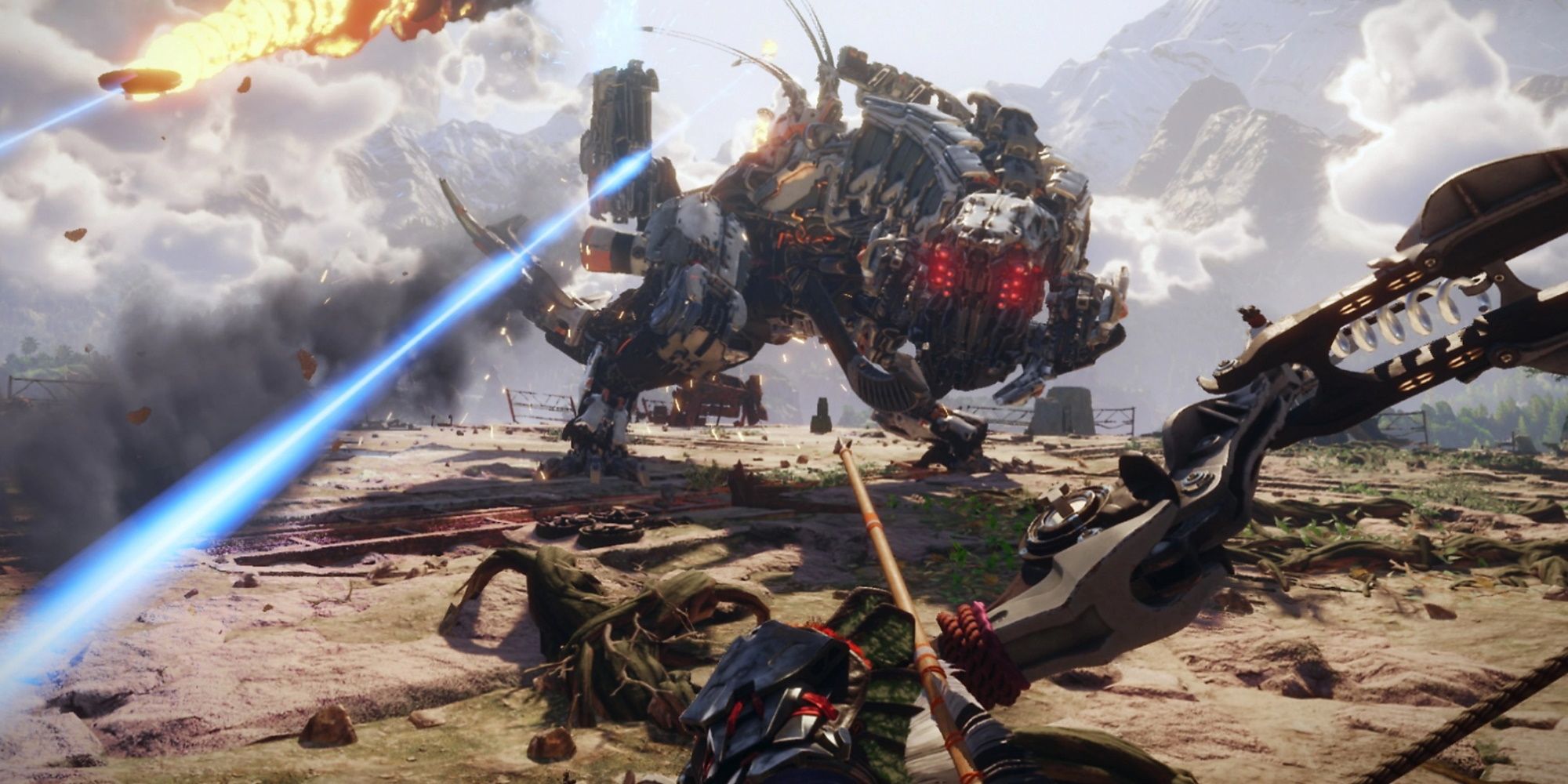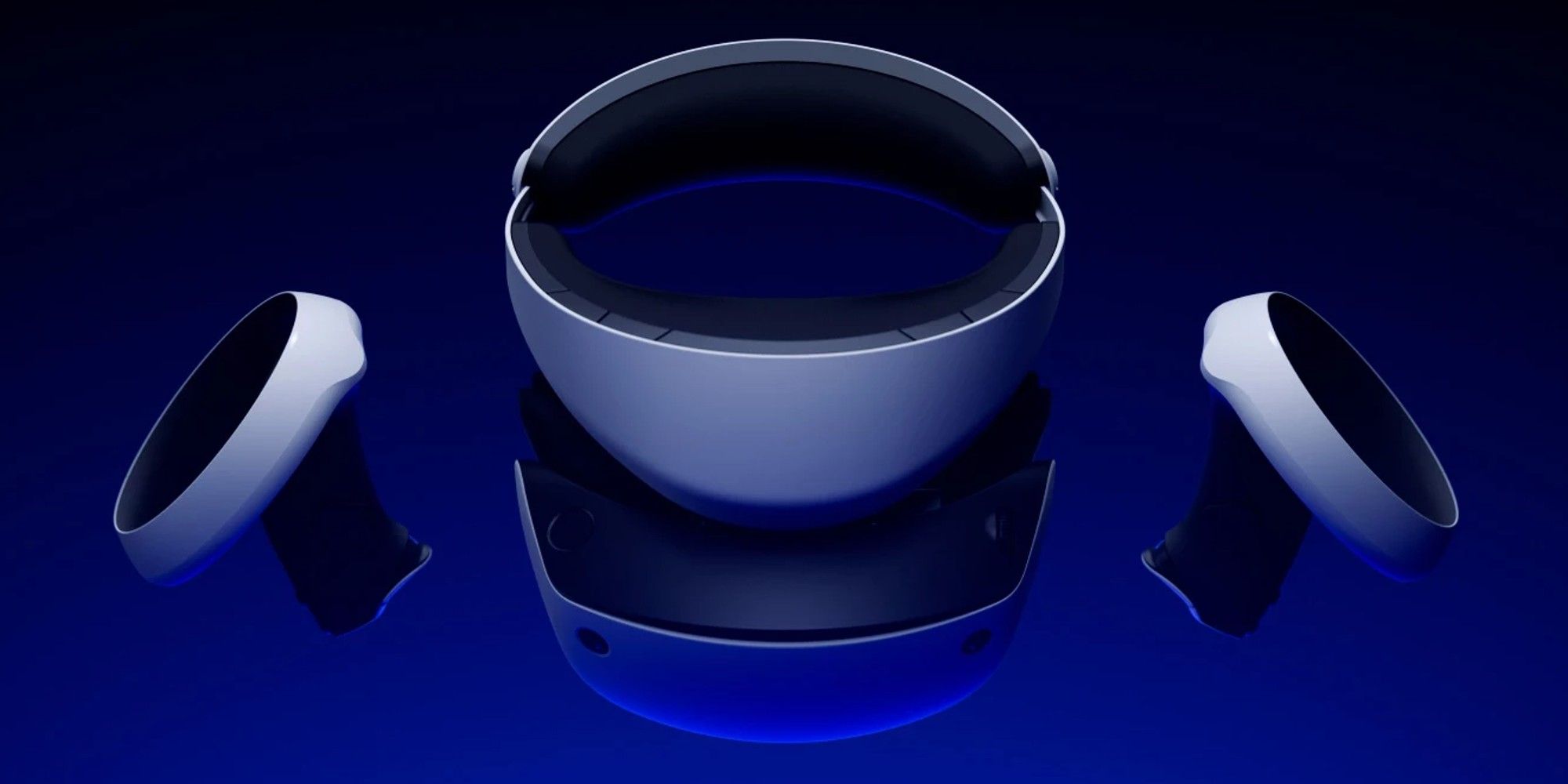The reason I loved the Nintendo Wii so much was because it reminded me of the Eye Toy. The PS2's precursor to motion controllers, the Kinect, and VR was one of the most exciting peripherals I have ever owned, and it feels like Sony has been trying to capture the magic ever since. Though it was Xbox who bet big on camera-integrated gameplay and Nintendo who has remained true to its motion-aided roots, Sony seems the most eager to bet on new interpretations of active play, pumping money into endeavours like the PS Move, the DualShock touchpad, and the DualSense's haptic controls and adaptive triggers. It's also the only one of the three main console brands betting big on VR, and if it pulls it off, it could be a masterstroke.
Not content with having its own VR headset, the VR2 is an upgrade to that, and much like the jump from PS4 to PS5, promises a next gen experience. Once you're immersed, it delivers on this. I was sent a variety of launch titles for the PS VR2 but spent the majority of my time playing Horizon: Call of the Mountain (you can read my full review here), and pushing such a visually spectacular game is genius. Horizon is the perfect showpiece for the PS VR2's sense of scale and depth, as well as its ability to deliver rapid motion (like raging rivers or waterfalls) in crisper definition than most VR headsets can manage. In terms of physically putting the headset on and just looking around the world, VR has never had it so good.
The controllers are incredibly responsive and reactive too. I'm not a fan of the DualSense in general, and feel Sony has a tendency to oversell the technical aspects, but there's a greater level of control than I have seen in VR here. It occasionally guesses incorrectly when you try to grab two things near each other, and a double-handed grip is a struggle, but the smallest movements are incredibly precise. Call of the Mountain features playable instruments, paintbrushes, and intricate keys for the PS VR2 to get to grips with, and the delicate control it offers while slathering paint on a rock wall is more impressive than the blue and orange vistas the game pushes to the forefront.
I noted that the PS VR2 delivers 'once you're immersed', but it can take a few steps to get there. First off, while the controllers are free, the headset is still tethered by a single wire, and while this didn't feel like a limiting part of the experience for me, it did twist easily (especially as VR players move around), leaving it to wriggle on the floor or rest awkwardly on your shoulder. It can be uncomfortable after too long, especially with glasses, but never to anything above mild annoyance and only with prolonged play.
The headset asks you to look around the room for barriers like walls, ceilings, and sofas in order for it to map a safe play area. When standing, this is a handy safety feature that lets you know when you're straying too far from where you started. But when playing in the optional sitting mode, the screen fills with white lines warning you of obstacles. I think VR is made to be played standing, and only tested seating for the review, but it failed that test.
I also clipped through the floor a couple of times too, and while that's a funny – if annoying – feature of a regular game, with VR it's entirely derailing. The PS VR2 headset lets you set your floor's height manually, but once you clip you end up stuck in the floor and no adjustments will reset it. All you can do is continue to move around with your head at ankle height until you completely reboot the whole system, which is hardly the quick fix you'd want when issues arise. If you'd like a glimpse at how mighty my brain is, I decided playing while clipped though the floor was fine as I would just reach up a little higher to grab things, and promptly punched my ceiling.
Of course, the teething problems can be fixed, and the headset tether can be lived with – you need a big enough space to fully enjoy the VR experience in any case. Much harder to fix is the price. The PS VR2 is being marketed for $549.99/£529.99, while a new PS5 is available from several UK retailers for under £500. I don't always include price in my reviews, because money matters in differing degrees to different people, and most games stay within a similar price bracket, but that's an eye-watering cost for a peripheral, especially when it comes with no charging station. The controllers last anywhere between three to eight hours when playing different activities across different games, but then no one marathons eight hours of VR gaming so the battery life is not an issue. The fact the lack of a packed-in station and the PS5's single front port means only one can be charged at a time is a major nuisance, however.
Then there's the games. Horizon: Call of the Mountain is a killer app, even if it's perhaps not on the level of Half-Life: Alyx, but for the outlay of the PS VR2 it feels like a lot of its launch line-up is propped up by fodder and upgrades. If this is your first VR headset, then there's a large library of games to try, even if VR is the medium with the biggest variance of quality. For players upgrading from the original PS VR though, I'm not sure there's all that much reason to yet.
The PS VR2 is the best VR headset I have ever used, but does that even matter? VR's sky-high price tag continues to be a dealbreaker, and the fact several companies are now wading in and making the medium feel even smaller with exclusivity deals makes it hard to recommend. It's the streaming wars all over again, except Netflix costs $500 and only has seven shows. For VR enthusiasts looking to upgrade, or even first-time buyers with money to spare, it's easy to recommend PS VR2. It has some issues, but they're far outweighed by its technical efficiency. For those on the fence though, you can find a PS5 for cheaper than the PS VR2, and right now, I think that's difficult to justify.
A PS VR2 headset was provided by Sony for the purposes of this review.
Source: Read Full Article
.jpg)

